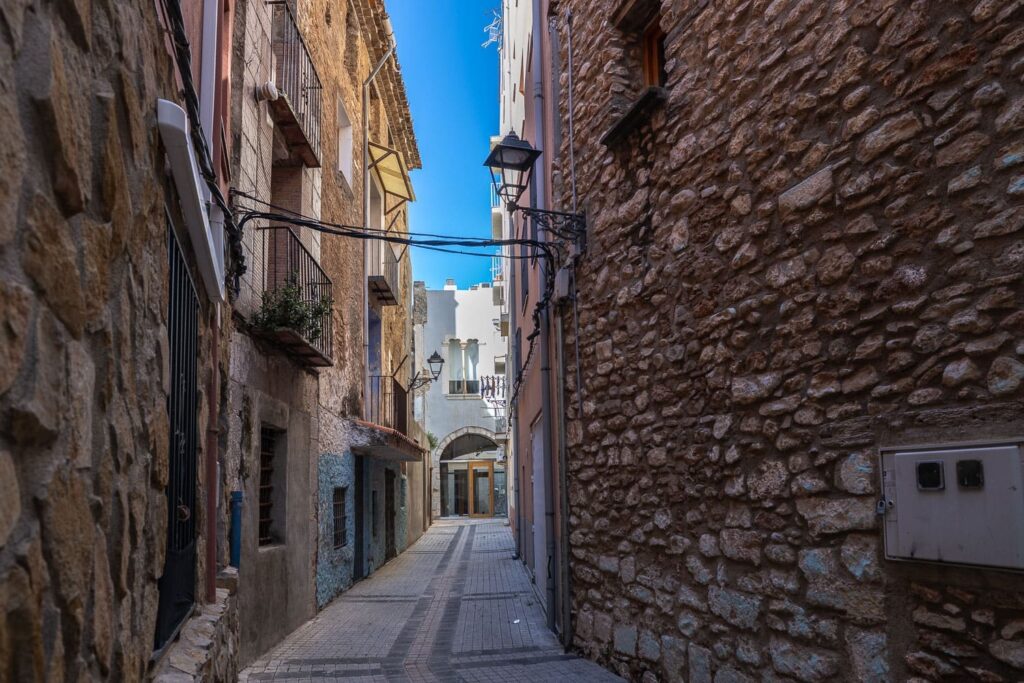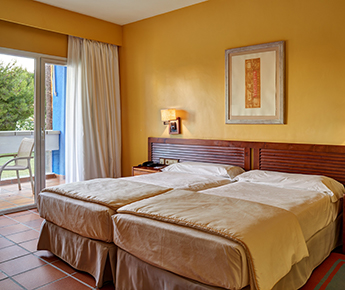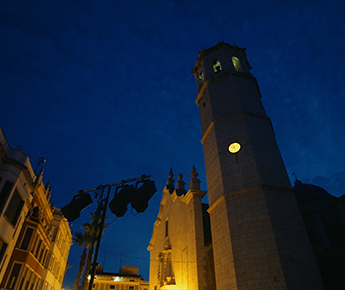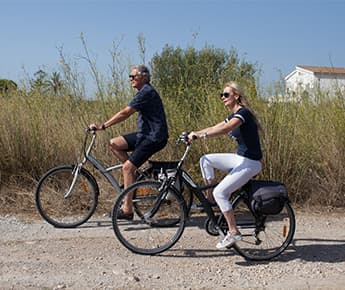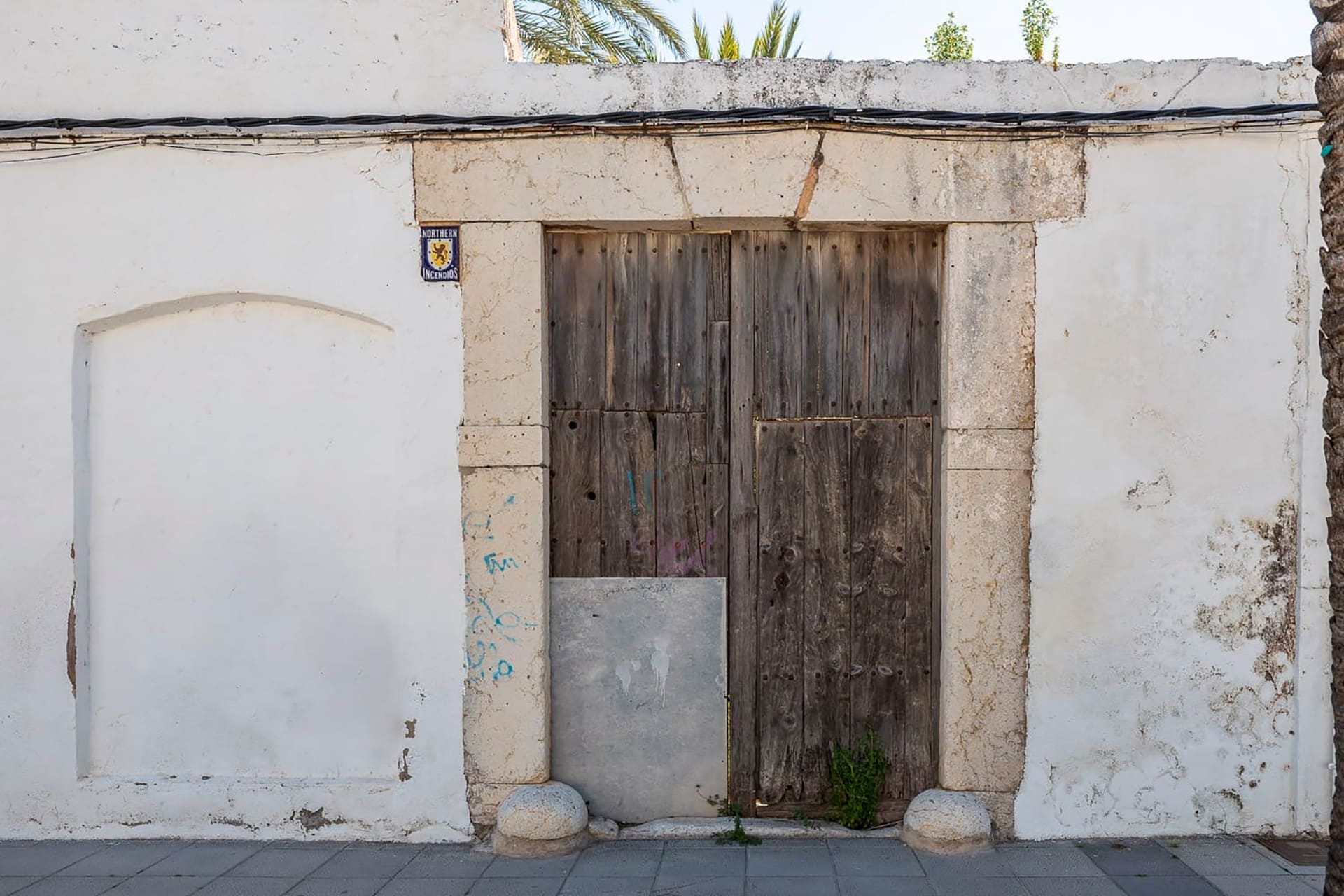
Carlón Wine
Carlón wine throughout history

The Municipal Charter of Benicarló, issued in 1236, already made reference to the abundant vineyards in the locality. At this time, clear evidence of wine production in the Maestrazgo is unearthed. In our village in the region of Castellón, it would appear that the Knights of the Temple Order, the Templars, upon losing their last holding in the Holy Land (Saint John of Acre) took shelter in Peñíscola, therein giving a boost to production, incorporating new techniques brought in from other Mediterranean regions.
From the end of the 15th century onwards, there are abundant references to Carlón wine found in historical documentation, in which it is even stated that the discoverer of America, Christopher Columbus, stored it in his cargo holds during his crossing of the Atlantic. What allowed it to withstand such long journeys was the elevated alcohol content and marked acidity, qualities that made it perfect for its distribution throughout the world.
IMMENSE GROWTH
Following the conquest of America, Carlón wine became one of the most exported and best known wines in the world, thanks largely to the prohibition ordered by Felipe II (1595) on planting more vines in the colonies as a means of protecting domestic production, meaning that Carlón wine underwent an unprecedented period of growth. Its production was focused on supplying demand in the Americas and in being present on all tables in the most modest households, experiencing a major surge in countries such as Argentina, to where many former residents of Benicarló emigrated centuries earlier. Aside from the New World, and alongside supplying the King’s Armies in the 17th and 18th centuries, it is said that Carlón wine was exported to the most diverse destinations, such as Orán, Mazarrón and Almería in the 16th century; Italy, France and Andalusia in the 17th century; Cádiz, Málaga, France, England, Odessa and Sevastopol in the 19th century etc.
Production levels never stopped growing. The historian Viciana states that in the 16th Century, production stood at “up to 170,000 flagons of high quality red and white wines”. Also in the same era, the historian Escolano mentioned “infinite vineyards”. In the 18th Century, the Valencian illustrated Antonio J. Cavanilles already estimated production levels at 225,000 flagons.
GLORY IN THE NINETEENTH CENTURY, HOLOCAUST IN THE TWENTIETH
If one epoch had to be singled out as being key in the prosperity of Carlón wines, it is, undoubtedly, between the end of the 19th century and the beginning of the twentieth, when the appearance of phylloxera had an incalculable bearing on European vineyards, leading many manufacturers towards our regions and importing their technical knowledge to our crops. Wine signalled a period of glory and wealth for the Benicarló, eventually founding 14 foreign consulates and boasting 40,000 hectolitres of annual production. We have also had news of manufacturers from Benicarló receiving awards in international trade shows.
During this extraordinary century, the progressive politician and future Spanish minister, Pascual Madoz, described Carlón wines as “black and dry, while being full-bodied and robust”. Similarly, the Castellón born painter and historian Bernardo Mundina referred to the fact that Carlón wines had been “for as long as one can remember, the most revered wine amongst all of those in the Kingdom”.
A major boost for the entire wine-making region took place on 10 November 1894, when a Benicarló based wine-making firm, Pascual Febrer & Hijos (now defunct), received from the Queen Regent on behalf of her son the King of Spain the honour of being appointed the official supplier of wines to the Royal House, thus being authorised to display the royal coat of arms on its labels.
The economic drive during this contemporary period was colossal. Thanks to this, industries such as barrel-making remained active until 1950. There were vintners’ cellars and distilleries until 1940. Even the construction of the new port at Benicarló, between 1931 and 1944, was triggered by the wine trade, although owing to the outbreak of phylloxera on the Iberian Peninsula via the Port of Tarragona, lands were transformed for use in irrigation meaning the disappearance of the vines, and as such the port was never used for this purpose.
The Carlón wine cataclysm had begun…But it would not last.
Benicarló’s local heritage related to Carlón wines
In the village, Traditional Benicarló Dwelling
In the port, in the shipyard, Magatzem de la Mar, where the wines set sail for Europe and the world beyond.
Cocons. On the mountain side, which was lined with vineyards, water and the cocons were used to make the sulphur mixture.

